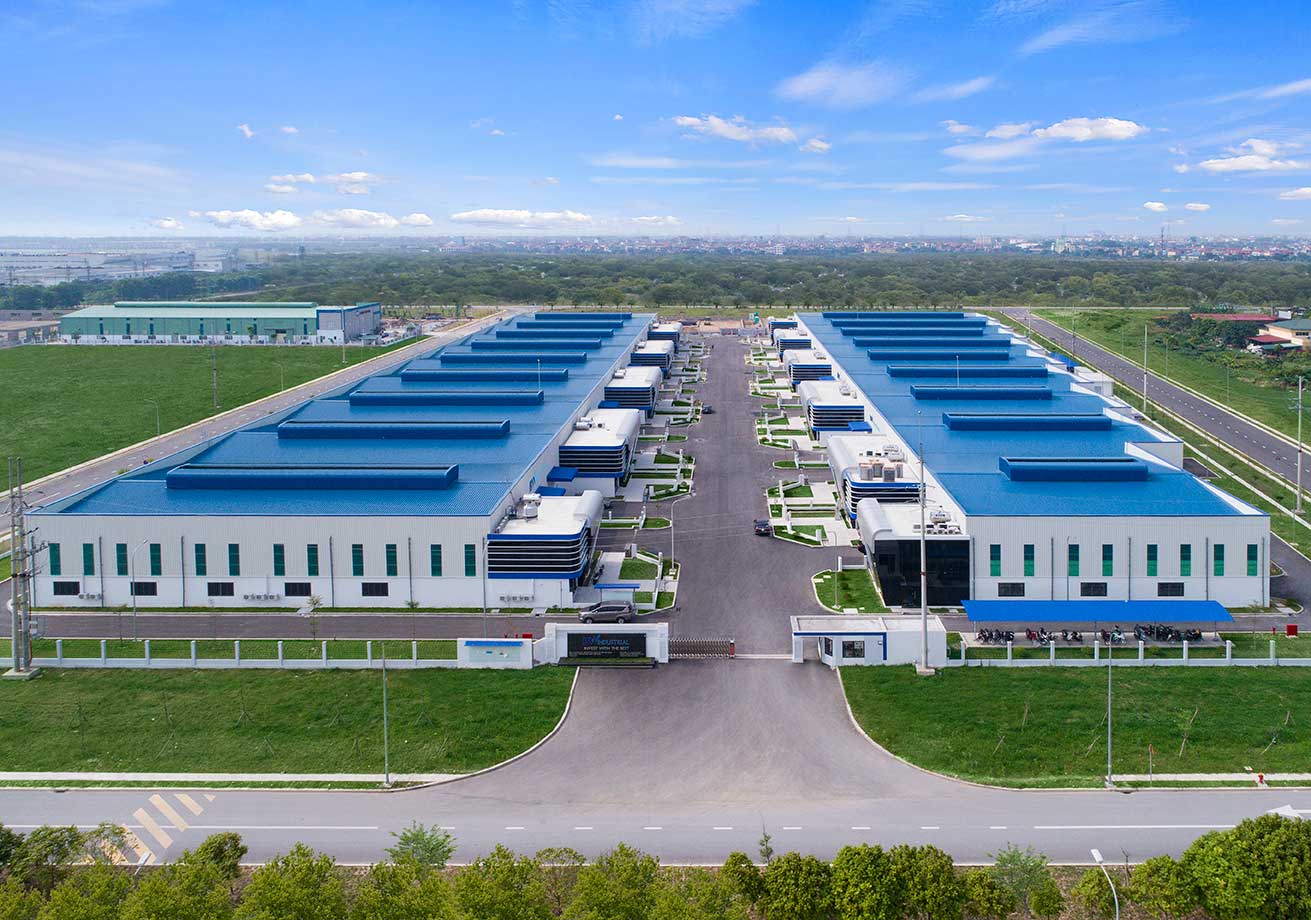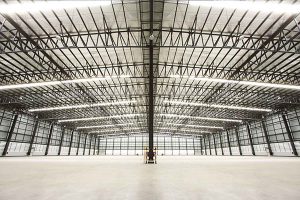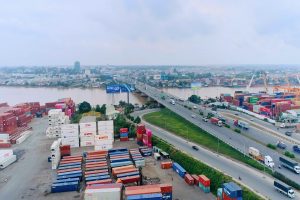
Overview of Vietnam’s four-tier political system
This article will provide investors with an overview about Vietnam’s political system and a general understanding of what authorities they should work with to establish a company in Vietnam.


This article will provide investors with an overview about Vietnam’s political system and a general understanding of what authorities they should work with to establish a company in Vietnam.

The following article will discuss the reasons why added-value from the textile and garment industry to local enterprises is still moderate despite tremendous export turnover in recent years, in addition to the future advantages of investing in the textile and dyeing industry for foreign businesses.

The process of finding a suitable location for business establishment, different legal procedures in each country and the time it takes to build a factory may have a significant impact on the operation of an enterprise.

The trade tension that is stretching into its fourth year has fostered a wave of shifting production to countries outside of China. Meanwhile, Thailand and Vietnam are considered as two promising destinations for foreign manufacturers – with Vietnam gaining a more competitive advantage over its Southeast Asian peer for the following reasons:

According to the Ministry of Planning and Investment, as of October 2020, there were 369 industrial zones (IZs) (including IZs located in economic zones) established in 61 of Vietnam’s 63 provinces and municipalities with a total land area of nearly 114,000 ha.

“Vietnam’s outlook is one of the brightest in Asia,” according to UBS economist Mr. Edward Teather. Indeed, per the General Statistics Office of Vietnam, the country was remarkably experienced positive growth of 2.91% in 2020 despite the impact of the coronavirus pandemic.

This article will provide investors with an overview about Vietnam’s political system and a general understanding of what authorities they should work with to establish a company in Vietnam.

The following article will discuss the reasons why added-value from the textile and garment industry to local enterprises is still moderate despite tremendous export turnover in recent years, in addition to the future advantages of investing in the textile and dyeing industry for foreign businesses.

The process of finding a suitable location for business establishment, different legal procedures in each country and the time it takes to build a factory may have a significant impact on the operation of an enterprise.

The trade tension that is stretching into its fourth year has fostered a wave of shifting production to countries outside of China. Meanwhile, Thailand and Vietnam are considered as two promising destinations for foreign manufacturers – with Vietnam gaining a more competitive advantage over its Southeast Asian peer for the following reasons:

According to the Ministry of Planning and Investment, as of October 2020, there were 369 industrial zones (IZs) (including IZs located in economic zones) established in 61 of Vietnam’s 63 provinces and municipalities with a total land area of nearly 114,000 ha.

“Vietnam’s outlook is one of the brightest in Asia,” according to UBS economist Mr. Edward Teather. Indeed, per the General Statistics Office of Vietnam, the country was remarkably experienced positive growth of 2.91% in 2020 despite the impact of the coronavirus pandemic.